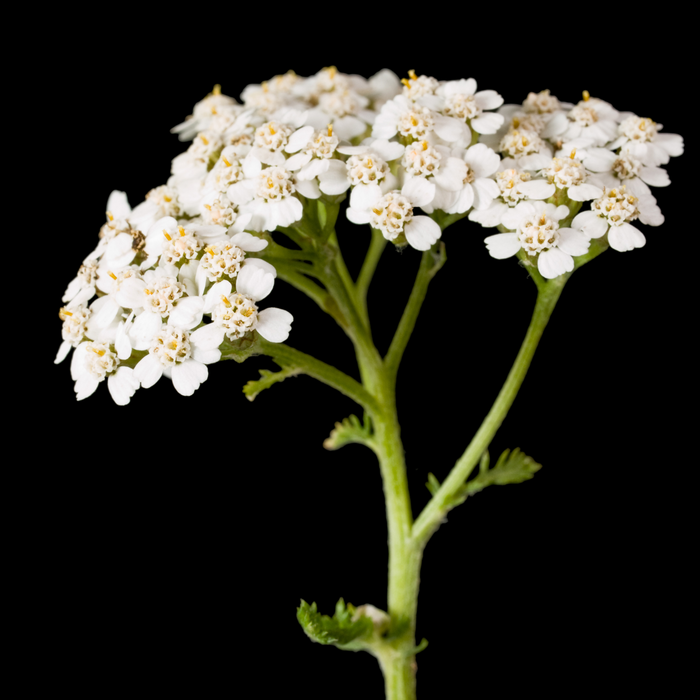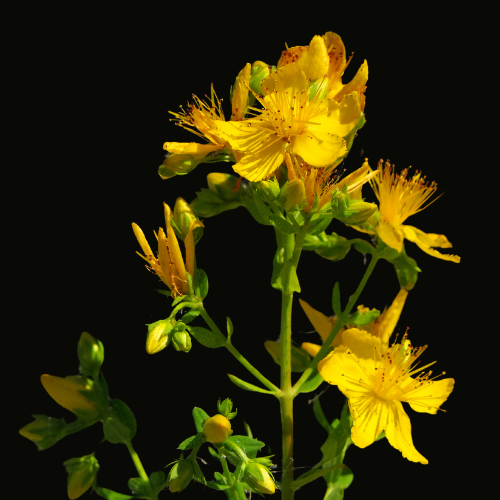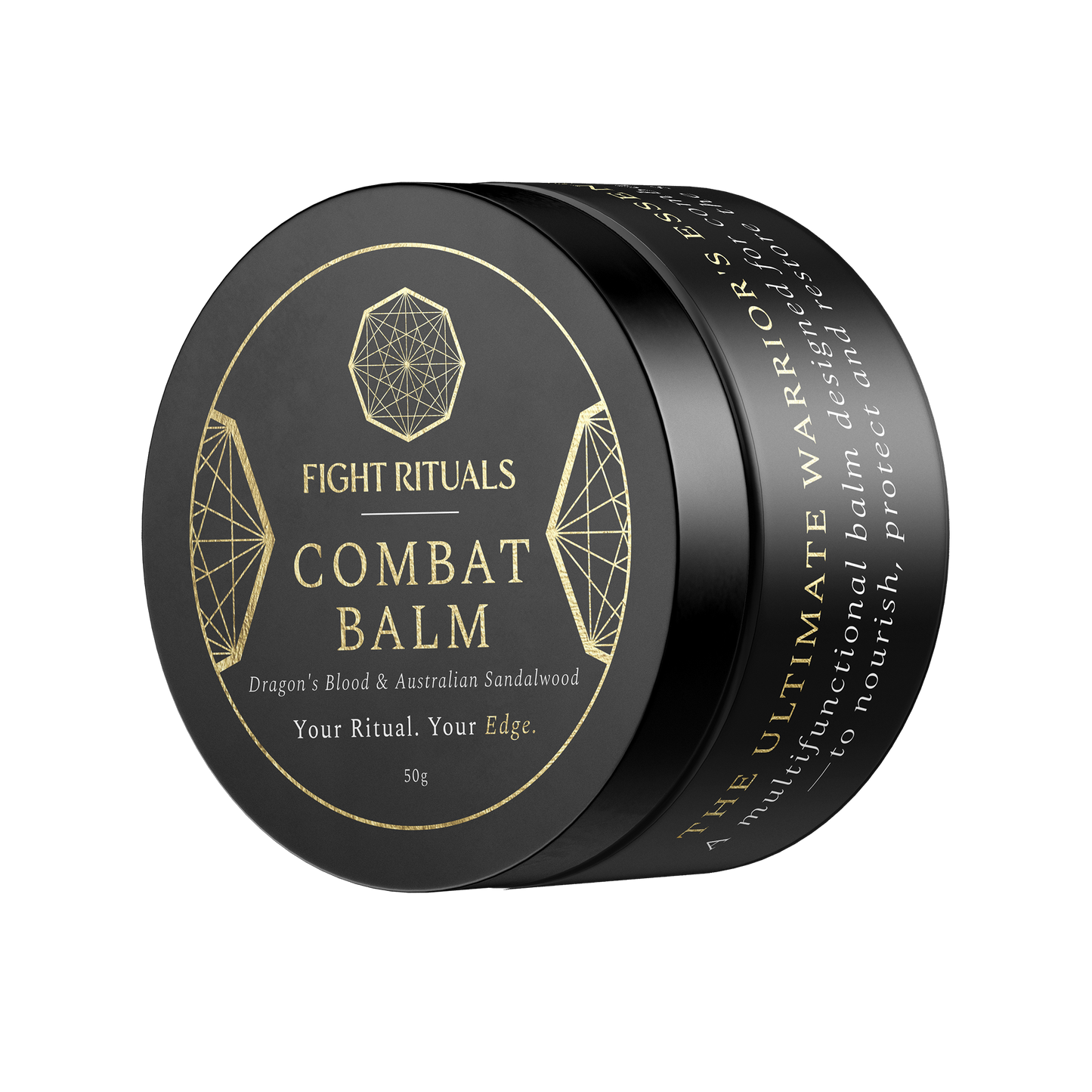Key Ingredients

Dragon's Blood Resin
Deep within the dense rainforests of Southeast Asia, the potent resin known as "Xue Jie," or Dragon's Blood, is harvested from the Daemonorops draco tree. Rev... read more
Deep within the dense rainforests of Southeast Asia, the potent resin known as "Xue Jie," or Dragon's Blood, is harvested from the Daemonorops draco tree. Revered for centuries within Ayurvedic and traditional Chinese medicine, prized for its ability to treat wounds, ulcers, and inflammation. Xue Jie is a key ingredient in many liniments used by martial artists to treat bruises, sprains, and muscle pain. These liniments, often referred to as "Dit Da Jow" or "hit medicine," are a staple in Chinese martial arts like Kung Fu. Rich in proanthocyanidins, flavonoids, and taspine, Dragon's Blood possesses antioxidant, antimicrobial, and collagen-boosting properties, making it ideal for rapid recovery and enhanced endurance.
read lessanti-inflammatory
collagen-boosting
antimicrobial

Myrrh Resin
Myrrh (Commiphora myrrha) has been valued for centuries in Egyptian, Chinese, and Ayurvedic medicine for its role in wound care and injury recovery. Used in ... read more
Myrrh (Commiphora myrrha) has been valued for centuries in Egyptian, Chinese, and Ayurvedic medicine for its role in wound care and injury recovery. Used in healing salves and poultices, it was traditionally applied to cuts, bruises, and burns to aid in repair and protect against infection. Around 400 BCE in Greece, soldiers carried Myrrh ointment with them into battle to help prevent infections arising. Research highlights sesquiterpenes and terpenoids as its key bioactive compounds, recognized for their anti-inflammatory, antimicrobial, and tissue-repairing properties. Studies suggest Myrrh may promote wound healing, reduce swelling, and support circulation, reinforcing its historical use for injuries and skin recovery.
read lessanti-inflammatory
antimicrobial
tissue repairing

Castor Oil
Valued since ancient Egypt for wound, burn, and skin care. Egyptian texts mention its use for muscles and joints, while Ayurveda and Traditional Chinese Medi... read more
Valued since ancient Egypt for wound, burn, and skin care. Egyptian texts mention its use for muscles and joints, while Ayurveda and Traditional Chinese Medicine applied it for detoxification, circulation, and inflammation. Across Africa and the Americas, it has supported skin restoration and mobility for generations. Modern research links these benefits to ricinoleic acid, Castor Oil’s key component, which has anti-inflammatory, analgesic, and skin-barrier-supporting properties. Studies suggest it may help regulate inflammation, promote hydration, and aid in wound care.
read lessanti-inflammatory
analgesic
circulatory
soothing

Frankincense Resin
Frankincense has captivated cultures for millennia, cherished in Egyptian, Ayurvedic, and Traditional Chinese Medicine, and steeped in religious mystique. Me... read more
Frankincense has captivated cultures for millennia, cherished in Egyptian, Ayurvedic, and Traditional Chinese Medicine, and steeped in religious mystique. Mentioned 52 times in the Bible, it has long symbolized divinity and healing. Beyond its spiritual significance, healers valued it for its ability to soothe and restore, applying it to cuts, bruises, and inflammation. Recent science highlights boswellic acids—powerful compounds with anti-inflammatory, antimicrobial, and skin-regenerating properties, which suggests that Frankincense can speed up wound healing, reduce swelling, and enhance circulation.
read lessanti-inflammatory
antimicrobial
skin regenerating

Yarrow
Yarrow’s medicinal legacy stretches back to the time of the Trojan War, where it was said that Achilles used it to tend to battlefield wounds. Traditional he... read more
Yarrow’s medicinal legacy stretches back to the time of the Trojan War, where it was said that Achilles used it to tend to battlefield wounds. Traditional herbal medicine has long recognized its antimicrobial, anti-inflammatory, and hemostatic properties, making it a staple in applications designed to support tissue repair, stop bleeding, and soothe minor cuts, bruises, and scrapes. Indigenous cultures across Europe and North America incorporated Yarrow into remedies aimed at skin and wound care. Yarrow contains flavonoids, alkaloids, and sesquiterpene lactones, which have been shown to exhibit anti-inflammatory, antimicrobial, and astringent effects. Research suggests that Yarrow extracts may promote collagen production and circulatory function.
read lessanti-inflammatory
hemostatic
antimicrobial
astringent

Jojoba Oil
Jojoba oil is unique because it is technically a wax ester rather than an oil. This structure makes it remarkably similar to the sebum our skin naturally prod... read more
Jojoba oil is unique because it is technically a wax ester rather than an oil. This structure makes it remarkably similar to the sebum our skin naturally produces, enabling it to absorb deeply and hydrate effectively without leaving an oily residue. Extracted via cold pressing, this method ensures that all the delicate nutrients, such as vitamins E and B-complex, are retained, enhancing its natural efficacy and stability. Historically used by Native Americans to soothe burns, sores, and other skin conditions, jojoba oil’s healing properties include enhancing skin regeneration, reducing inflammation, and balancing oil production, making it an invaluable addition to any skin care regimen for its therapeutic effects.
read lessanti-inflammatory
antibacterial
antioxidant
moisturising

Shea Butter
Shea butter is extracted from the nuts of the Vitellaria paradoxa tree, native to West Africa. It is rich in stearic and oleic acids, which contribut... read more
Shea butter is extracted from the nuts of the Vitellaria paradoxa tree, native to West Africa. It is rich in stearic and oleic acids, which contribute to its moisturizing properties, and is also abundant in vitamins A and E, which protect the skin and promote its healing. This makes shea butter a potent emollient and anti-inflammatory agent, suitable for soothing and conditioning the skin. In African tradition, shea butter has been used to prevent skin dryness and to treat various skin conditions such as eczema. Scientific studies support its use in reducing skin inflammation and aiding in the barrier function of the skin.
read lessanti-inflammatory
emollient
moisturising

Beeswax
Beeswax, the natural wax produced by honey bees of the genus Apis, is primarily made up of fatty acids and long-chain alcohols. Its protective nature... read more
Beeswax, the natural wax produced by honey bees of the genus Apis, is primarily made up of fatty acids and long-chain alcohols. Its protective nature forms a barrier on the surface of the skin which helps to lock in moisture and protect it from environmental irritants. This barrier also has anti-inflammatory properties, making beeswax suitable for healing cracked and inflamed skin. Its high vitamin A content stimulates fibroblast cells which are essential for tissue repair and rejuvenation. Historically, beeswax was a popular choice in ancient medicinal practices for wound healing and as a treatment for various skin conditions. Its emollient properties help in softening the skin and maintaining its moisture balance.
read lessprotective
vitamin-rich
anti-inflammatory
humectant

St. John's Wort
St. John's Wort, or Hypericum perforatum, is primarily known for its active component, hypericin, which has anti-inflammatory and antimicrobial prope... read more
St. John's Wort, or Hypericum perforatum, is primarily known for its active component, hypericin, which has anti-inflammatory and antimicrobial properties. When infused into oil and applied topically, it can aid in healing wounds and reducing the visibility of scars by promoting tissue regeneration. Historically, it was valued for its protective qualities against infections and for treating burns and nerve pain. Scientific research has shown that St. John's Wort effectively treats mild to moderate skin irritations due to its ability to soothe the skin and accelerate the repair of damaged tissue.
read lessantibacterial
antiviral
analgesic
anti-inflammatory
US vs Other Brands
Combat balm integrates holistically selected natural ingredients and whole plant extracts ensuring fighters receive full spectrum benefits.
Whole Plant Extracts
Essential Oil Free
No High PUFA Seed Oils
Organic + Wildcrafted ingredients
Combat Balm
Other Balms
Plant Extracts
Whole plant Infusions + CO2 Extracts
Essential Oils only
Scent
CO2 Extracts: Contains both volatile and non volatile compounds = fuller plant profile.
Essential Oils: Contains only volatile compounds, missing broader therapeutic agents.
Seed Oils
No High PUFA Seed Oils. We only use cold-pressed oils rich in Saturated and Mono-unsaturated fatty acids.
Contains High PUFA (poly-unsaturated fatty acids) oils such as sunflower, grapeseed, rosehip, hemp, safflower and evening primrose. These oils oxidize quickly producing free radicals.







